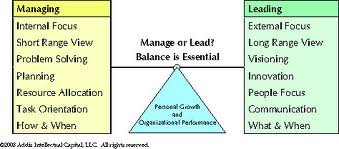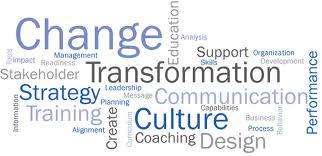 Welcome to O.D. Fridays at DonorDreams blog. Every Friday for the foreseeable future we will be looking more closely at a recent post from John Greco’s blog called “johnponders ~ about life at work, mostly” and applying his organizational development messages to the non-profit community.
Welcome to O.D. Fridays at DonorDreams blog. Every Friday for the foreseeable future we will be looking more closely at a recent post from John Greco’s blog called “johnponders ~ about life at work, mostly” and applying his organizational development messages to the non-profit community.
I just had lunch with dear friend a few days ago. She is smart. She is talented. She runs an awesome non-profit organization that is growing by leaps and bounds. However, during lunch our conversation turned to lots of questions and doubts:
- Is she still the right leader for this organization at this point in time?
- Has the organization outgrown what she has to offer?
- Will she know when it is the right time to leave?
- Is there someone she should be grooming to whom she could pass the baton at the appropriate time?
This discussion was surprising to me because she is so obviously successful, but it isn’t apparent to her. This got me thinking of an awesome blog post by John Greco titled “Success“. Since today is OD Friday at DonorDreams blog, I encourage you to click over and read John’s post. After digesting his thoughts, please circle back here and re-read the list of questions that my friend posed over lunch. After accomplishing all of that, scroll down and post your thoughts in the comment box below.
What practices and tools do you and your non-profit organization utilize to let you and your donors know that you’re successful? We can all learn from each other. So, please take a moment to share!
Here’s to your health.
Erik Anderson
Founder & President, The Healthy Non-Profit LLC
www.thehealthynonprofit.com
erik@thehealthynonprofit.com
http://twitter.com/#!/eanderson847
http://www.facebook.com/eanderson847
http://www.linkedin.com/in/erikanderson847





















